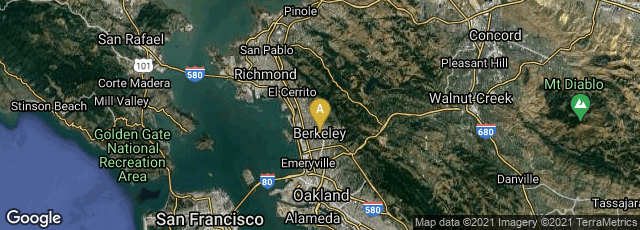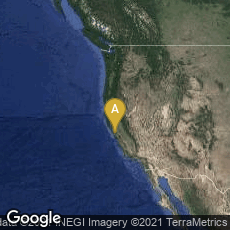How much information 2003: The research project from the University of California at Berkeley, first published on the web in 2000, updated its findings in 2003. Strikingly it estimated that each person in the U.S. generated 800 MB of recorded information. This was more than three times the data per capita that the same research project calculated was being produced in 2000. The remaining data in this entry of the database is quoted from the 2003 website:
"How much new information is created each year? Newly created information is stored in four physical media -- print, film, magnetic and optical --and seen or heard in four information flows through electronic channels -- telephone, radio and TV, and the Internet. This study of information storage and flows analyzes the year 2002 in order to estimate the annual size of the stock of new information recorded in storage media, and heard or seen each year in information flows. Where reliable data was available we have compared the 2002 findings to those of our 2000 study (which used 1999 data) in order to describe a few trends in the growth rate of information.
- Print, film, magnetic, and optical storage media produced about 5 exabytes of new information in 2002. Ninety-two percent of the new information was stored on magnetic media, mostly in hard disks.
- How big is five exabytes? If digitized with full formatting, the seventeen million books in the Library of Congress contain about 136 terabytes of information; five exabytes of information is equivalent in size to the information contained in 37,000 new libraries the size of the Library of Congress book collections.
- Hard disks store most new information. Ninety-two percent of new information is stored on magnetic media, primarily hard disks. Film represents 7% of the total, paper 0.01%, and optical media 0.002%.
- The United States produces about 40% of the world's new stored information, including 33% of the world's new printed information, 30% of the world's new film titles, 40% of the world's information stored on optical media, and about 50% of the information stored on magnetic media.
- How much new information per person? According to the Population Reference Bureau, the world population is 6.3 billion, thus almost 800 MB of recorded information is produced per person each year. It would take about 30 feet of books to store the equivalent of 800 MB of information on paper.
- We estimate that the amount of new information stored on paper, film, magnetic, and optical media has about doubled in the last three years.
- Information explosion? We estimate that new stored information grew about 30% a year between 1999 and 2002.
- Paperless society? The amount of information printed on paper is still increasing, but the vast majority of original information on paper is produced by individuals in office documents and postal mail, not in formally published titles such as books, newspapers and journals.
- Information flows through electronic channels -- telephone, radio, TV, and the Internet -- contained almost 18 exabytes of new information in 2002, three and a half times more than is recorded in storage media. Ninety eight percent of this total is the information sent and received in telephone calls - including both voice and data on both fixed lines and wireless.
- Telephone calls worldwide � on both landlines and mobile phones � contained 17.3 exabytes of new information if stored in digital form; this represents 98% of the total of all information transmitted in electronic information flows, most of it person to person.
- Most radio and TV broadcast content is not new information. About 70 million hours (3,500 terabytes) of the 320 million hours of radio broadcasting is original programming. TV worldwide produces about 31 million hours of original programming (70,000 terabytes) out of 123 million total hours of broadcasting.
- The World Wide Web contains about 170 terabytes of information on its surface; in volume this is seventeen times the size of the Library of Congress print collections.
- Instant messaging generates five billion messages a day (750GB), or 274 Terabytes a year.
- Email generates about 400,000 terabytes of new information each year worldwide.
- P2P file exchange on the Internet is growing rapidly. Seven percent of users provide files for sharing, while 93% of P2P users only download files. The largest files exchanged are video files larger than 100 MB, but the most frequently exchanged files contain music (MP3 files).
- How we use information. Published studies on media use say that the average American adult uses the telephone 16.17 hours a month, listens to radio 90 hours a month, and watches TV 131 hours a month. About 53% of the U.S. population uses the Internet, averaging 25 hours and 25 minutes a month at home, and 74 hours and 26 minutes a month at work � about 13% of the time."

